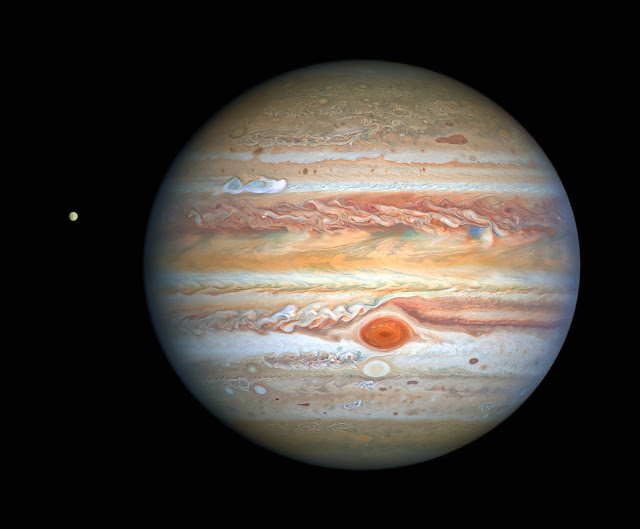NASA ScienceCasts: The International Space Station's New Solar Arrays
The new ISS Roll Out Solar Arrays (iROSA) being installed on the International Space Station are providing power to the station with improved efficiency. ROSA technology will also help power the NASA Lunar Gateway outpost, and the DART mission as it makes its way to the Didymos asteroid system.
These solar arrays are lightweight, flexible power sources for spacecraft designed and developed by Redwire. Redwire Corporation is an American aerospace manufacturer and space infrastructure technology company headquartered in Jacksonville, Florida.
This new type of solar array provides much more energy than traditional solar arrays at much less mass. Traditional solar panels used to power satellites are bulky, with heavy panels folded together using mechanical hinges. Given a space-bound payload is limited in its mass and volume by necessity, ROSA is 20 percent lighter (with a mass of 325 kg (717 lb)) and one-fourth the volume of rigid panel arrays with the same performance.
ROSA is a flexible and rollable solar array that operates the same way a measuring tape unwinds on its spool. The new solar array design rolls up to form a compact cylinder for launch with significantly less mass and volume, potentially offering substantial cost savings as well as an increase in power for satellites.
ROSA has a center wing made of a flexible material which support the strings of photovoltaic cells that produce electricity. Both the sides of the wing have a narrow arm that extends through the length of the wing to provide support to the array, called a high strain composite boom. The booms look like split tubes made of a stiff composite material, flattened and rolled up lengthwise.
The array does not need any motor to unfurl. This is achieved using the potential energy stored in the booms that is released as each boom transitions from a coil shape to a straight support arm. The solar wings are then deployed due to strain energy in rolled booms that are present at the two ends of the structure.
Learn more about Redwire's technology:
Space Station Research & Tech: https://www.nasa.gov/iss-science
Credit: NASA
Duration: 1 minute, 27 seconds
Release Date: Nov 22, 2021
#NASA #Space #Science #Technology #ISS #Solar #SolarPanels #SolarArrays #ROSA #iROSA #Redwire #Engineering #Boeing #UnitedStates #ScienceCasts #STEM #Education #HD #Video







